February is a special month for contemporary Iran. That month in 1979, the last monarch, the Shah of Iran was deposed by a broad coalition of Iranian activists and dissidents. It included not only the Islamic theocrats who went on to monopolize power, but also a much larger contingent of people who sought to establish a truly democratic system after the fall of the corrupted and despotic Pahlavi dynasty.
Among these was the People’s Mojahedin Organization of Iran (PMOI/MEK), which has remained steadfast in its commitment to democracy and justice. Today, the PMOI leads a broad and inclusive democratic coalition, the National Council of Resistance of Iran (NCRI), continuing the fight for a free and democratic Iran.
Headquartered outside of Paris, the NCRI plans to lead a rally expected to be attended by several thousand Iranians from all walks of life in the French capital on February 8 on the occasion of the anniversary of the Iranian Revolution, under the title, “Onward to a democratic republic. No to monarchy; no to theocracy.”
And what is different is ascendant optimism about the prospect of Iranians securing that liberation once and for all.
Those who are closely acquainted with the community of Iranian expatriate activists have already come to know that optimism well. It has been encouraged for decades by the PMOI’s resilience in the face of all efforts to destroy it, and by the clerical regime’s overall failure to suppress the democratic spirit of the Iranian people. But since last year, preexisting optimism has been greatly amplified by a series of notable losses for the regime, including the loss of its Syrian ally Bashar al-Assad and the broader fracturing of its so-called Axis of Resistance.
Recommended
The PMOI was the main target of a massacre of political prisoners which claimed around 30,000 lives in the summer of 1988 alone, and yet its levels of organization and public support have continued to grow ever since, to the point at which the PMOI’s network of “Resistance Units” played major roles in several nationwide uprisings in recent years, including the “Woman, Life, Freedom” movement that emerged in September 2022. Now it is prepared to seize upon the conditions created by Tehran’s losses, and the conditions that might be created by forthcoming changes in Western policy.
In recent appearances before both the U.S. Congress and the European Parliament, the Iranian Resistance leader Maryam Rajavi praised the efforts of those Resistance Units and emphasized the fact that their recruitment and organization has only grown more successful in the wake of the 2022 protests, and particularly over the course of last year. She indicated that this reflects a “remarkable boost in the fighting spirit among young people and the public’s readiness for future uprisings,” and that the activities in question are “part of the wider preparations for an organized uprising to overthrow the regime.”
While those preparations involve actions to be taken by the Iranian people, on behalf of the Iranian people and in service of their interests, the NCRI and its constituents do recognize an important role for the United States and its allies. As such, the February 8 rally will reiterate the coalition’s call for a much tougher and more robust policy, including comprehensive sanctions on the clerical regime’s oil and gas exports, activation of the 2015 Iran nuclear deal’s snapback mechanism, and legal efforts to hold Iranian officials accountable for their various malign activities, human rights abuses, and crimes against humanity.
These measures are especially important at the present moment because the mullahs’ regime has never been weaker or more vulnerable than it is today, and any reminders of its global isolation would serve to compound that vulnerability while also boosting the morale of a democratic opposition movement that has already made tremendous headway despite its own relative marginalization within Western political circles.
That marginalization has always been qualified by enthusiastic support from a multi-partisan body of American and European lawmakers and policy experts, and that support has been steadily growing, year on year. Underlying that support is a recognition of the NCRI and of Maryam Rajavi as viable instruments for Iran’s transition to secular democracy. However, this has yet to translate into appropriate changes in Western policy, where conciliation and outright appeasement have been guiding principles for far too long.
Those policies have failed repeatedly and should have been abandoned long ago. But with Tehran presently struggling to hold back an uprising that promises to be even more powerful than the one in late 2022, there has arguably never been a better opportunity for a more assertive policy to pay dividends. More to the point, there has never been a better opportunity for Western powers to help a beleaguered people to claim democratic power for themselves and thus set an example for peoples throughout the Middle East and the world.

















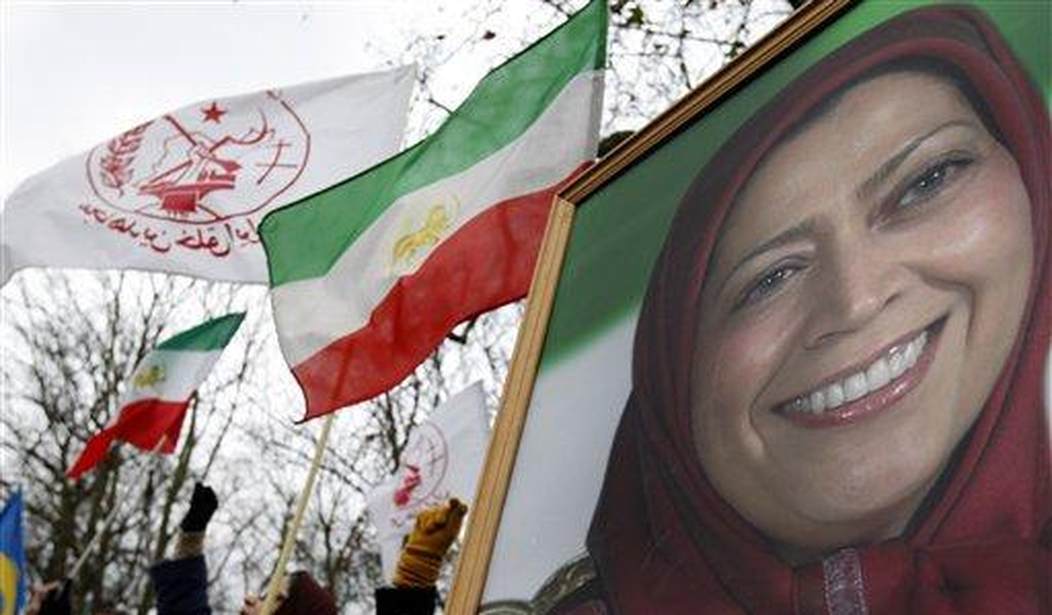
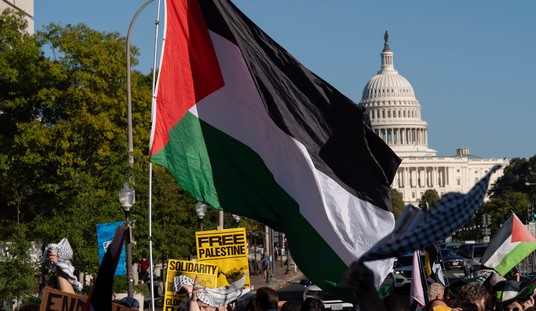
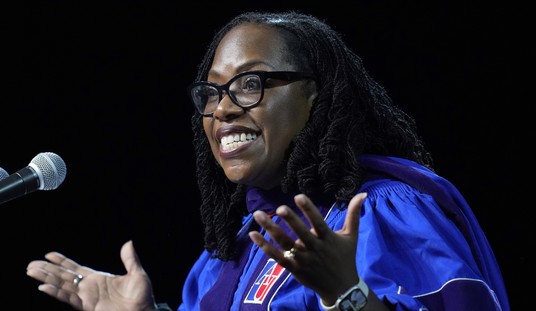

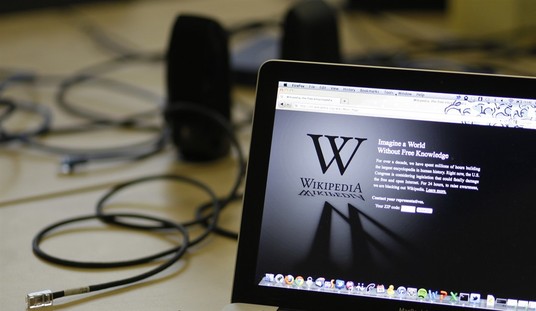
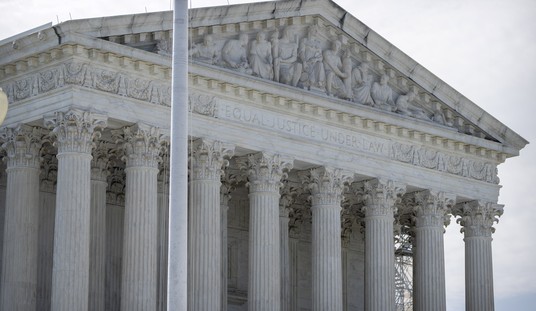
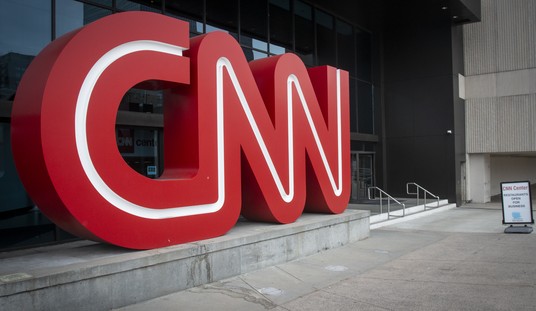

Join the conversation as a VIP Member